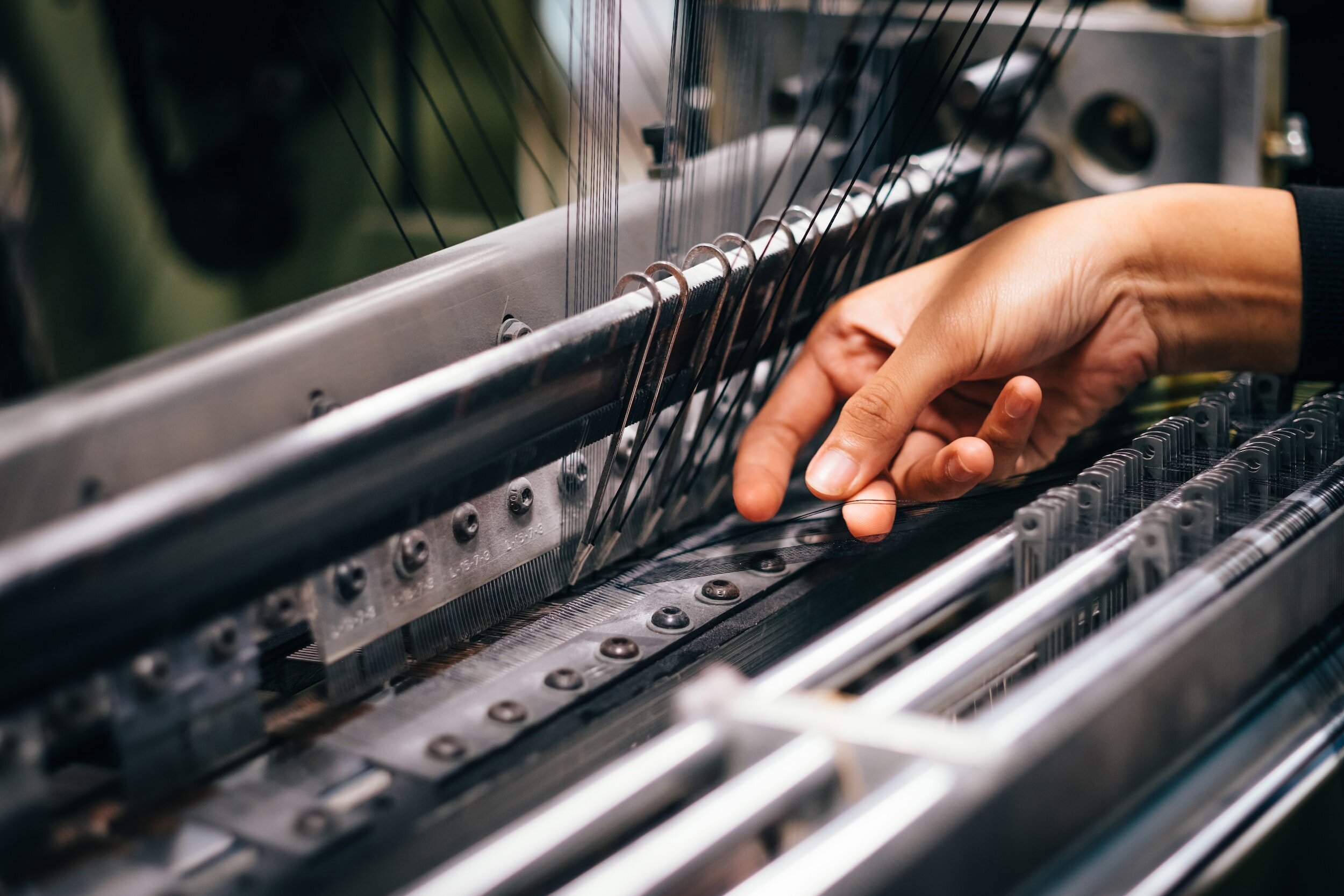
BIODEGRADABLE
The technology that can produce a yarn that can reduce the environmental impact and the amount of waste left to future generations.
Why Choose Biodegradable Materials?
Wool, cotton, and Tencel are natural and renewable resources. All materials of animal and vegetable origin have some degree of biodegradability, meaning that they are capable of being decomposed by the action of living organisms, such as fungi and bacteria. Synthetic fibers, on the other hand, can be extremely slow to degrade and significantly contribute to the world’s overflowing landfills.
If you’re not aware of your choice when it comes to choosing the right materials, then fashion apparel could be destructive and wasteful. This plays a huge toll on the environment. Not only are tons of resources and harmful chemicals used in the creation of these materials, but many apparel companies use non-biodegradable fabrics. This means that these garments hang around basically - FOREVER.
Do you know polyester takes up to 200+
years to decompose?
Do you know polyester is actually made of plastic?
While polyester can be recycled, it takes a long time to decompose. And when it breaks down it ends up polluting our waterways and being consumed by marine life and with unknown health consequences for us up the food chain. Polyester is also difficult to dye, requiring an especially potent concoction to add color to garments. These dyes are hard to treat once they’re in the water and toxic to the ecosystem when released.
How can we start to make a change?
While we can’t always choose the most sustainable option, Labtex has outlined the most and least biodegradable fabrics below to serve as a road map. We hope this little guide helps you make better choices for the environment.
Common facts about polyester
What you might not realize is that most polyester is made of polyethylene terephthalate, also referred to as PET and more commonly known as the main ingredient in water bottles. So, if you have ditched your plastic water bottle because of its environmental impact, consider how your polyester attire fairs in landfills.
Benefits of biodegradable materials
Fabrics, both natural and synthetic, shed microfibers that enter into rivers, lakes, and oceans. Research shows synthetic fibers contribute to plastic pollution in the earth’s water supply by shedding micro-plastics into waterways when laundered. Using biodegradable yarns is better for the environment, ensuring little harm to humans, farmland, and the ecosystem as a whole.
OPTION 1: Natural
Choose a natural fiber base of the biodegradable yarn which requires less time until it completely disappears on earth.
WOOL
COTTON
TENCEL
OPTION 2: Bio-Lab
Biodegradable plastic is not just breaking down into small pieces, but reduced to simpler monomers structure, which can be further degraded by bacteria into carbon dioxide, water, and humus, and the polymer will not remain on the earth. In other words, in the end, there will be NO micro-plastic remains in nature.
Our biodegradable yarn is not only made from post-consumer used plastic bottles, but we have also enhanced its biodegradability by embedding a special finish in the yarn. As demonstrated by laboratory bio-degradation tests in accordance with ASTM D5511*, it biodegrades 20% in 6 months compared to virgin polyester which degrades only 3-5% in 100 yrs.
How long does it take to be completely decomposed?
Decomposed up to 82.3% on average of 17 Months.
How long does it take to be completely decomposed?
Decomposed up to 50-80% in 24 months over the productive lifetime of the average landfill (80-100 years).
OPTION 3: 37.5 Biodegradable
While it maintains the biodegradable function, it is also high performance! There's no doubt 37.5 is a real catch! 37.5 Technology is a natural technology that incorporates sustainability throughout the product lifecycle. 37.5® technology is now engineered to biodegrade at enhanced rates when placed in landfills.
How does it work?
Unlike other synthetic yarns that will sit unchanged in landfills for centuries, 37.5 yarns with enhanced biodegradation break down to naturally occurring materials over decades. Importantly, the additive does not cause 37.5 fibers to simply fracture into smaller pieces (microplastics) that then remain unchanged. The fibers are converted at a molecular level to naturally occurring byproducts like those generated by other waste, such as paper or food scraps.
OPTION 4: Polypropylene - PP Yarn
Polypropylene, abbreviated as PP, is a recyclable thermoplastic polymer widely used in many different products. PP is rugged and resistant to different chemical solvents, acids, and bases.
Polypropylene is more environmentally friendly than some other plastics. It’s recyclable and doesn’t release as many toxins as plastics such as PVC. It also breaks down more quickly, taking just 20-30 years compared to over 500 years for some other plastics.
Because of the short lifespan of PP-made packaging, the majority of these thermoplastics end up in landfills as waste. The US Environmental Protection Agency states that approximately 20 percent of solid waste produced comprises some form of plastics which include PP. Products made of PP degrade slowly in landfills and take around 20-30 years to completely decompose.
How long does it take to be completely decomposed?
Decomposed up to 90%+ on an average of 243 Months.





















